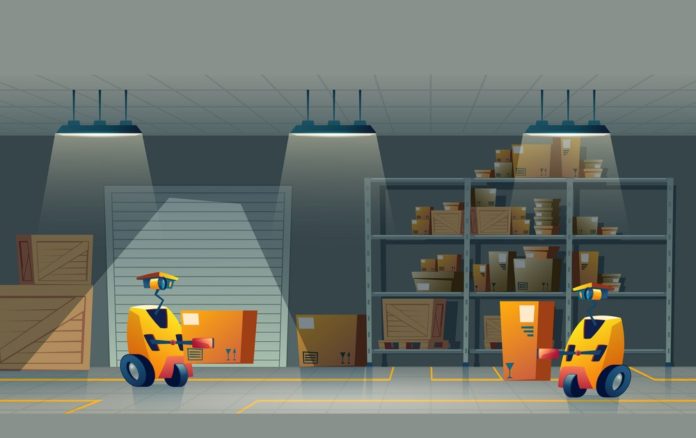Warehouse storage is, sadly, not a science. Everything from warehouse size to the products themselves can alter your storage decisions.
That said, there are some guiding principles that make a warehouse more efficient. For example, you’ll likely make popular items as accessible as possible. Less popular items will get exiled to the warehouse hinterland.
Unfortunately, there is a good chance that you will fall prey to at least a few warehouse storage mistakes at some point. Keep reading for five common warehouse storage mistakes and how you can avoid them.
1. Poor Picking Paths
Do your customers routinely purchase items together? Where are these items stored relative to each other in your warehouse?
All too often, these items get positioned far away from each other. Do a periodic review of often-bought-together items. Then, position those products together near the front of the warehouse.
2. Too Much Inventory
Many businesses fret about space for storage. Yet, all too often, a warehouse contains dramatically more inventory than necessary. That extra inventory costs you a lot.
Unless you just got started, you should know about how much you sell of each item monthly, quarterly, and annually. That information should help you determine reasonable quantities for storing different items and meeting demand.
Periodic audits can show you how far off you are and let you adjust production.
3. Favoring Paper
Paper processes drove warehouses for decades. These days, though, paper runs a poor second to the warehouse technology alternatives.
Digital inventory, scanner technology, and tracking software provide a more accurate picture of your warehouse situation. It also improves efficiency and productivity.
4. Safety Management
Safety issues often take a backseat to fulfillment processes. Even worse, safety problems can stem from seemingly innocuous areas.
For example, it’s easy for anyone to overlook it if heavy inventory items get put onto higher shelves until an accident happens. Does your warehouse use heavy duty casters for manual transport of goods or pallets?
Conduct regular in-house safety audits or bring in third-party safety experts for a periodic review. Regular safety training helps as well.
5. Poor Goods-in Management
Sending orders out to your customers certainly matters. Yet, it can overshadow your goods-in management.
You need those arriving goods processed efficiently or it throws off inventory tracking and order fulfillment. Make sure you keep enough people on staff exclusively for receiving.
You Can Avoid Warehouse Storage Mistakes
Warehouse storage mistakes aren’t set in stone. You can avoid these mistakes with some forethought and ongoing attention to detail.
You can build a safety mentality in the company culture with safety audits and safety training. Set up your warehouse organization for accessibility of popular products. Review that setup and reorganize the warehouse as necessary.
Use existing data about sales as a guide for minimizing excess inventory. Use warehouse tech to streamline your processes. Keep receiving properly staffed for solid goods-in management.
Check out more of our business articles in the business section.








